This month we are focusing on showing some love to our stockists on social media so we thought it would be good to share our experience of selling wholesale. This is a two part blog post where we'll talk about some of the key thing to consider if you are planning to go down the wholesale route. Think of it as a mini guide from our personal experience. Hopefully it will be helpful if it's something you're new to, too!
Preparing to wholesale
One of the first things you'll need to think about is the price. It's pretty standard for a retailer to purchase from you at somewhere around half the retail price so you'll need to factor this into your pricing structure. Giving away such a hefty chunk of your margin does feel painful at first but the aim is to sell in bulk so although you earn less per item you are selling more than you could without them overall.
We find it really important to look at this holistically, it's not just about the money they pay, it's everything else your fabulous stockists are giving you too! They are showing your products to new audiences in places you can't be yourself, they are aligning your brand with the other beautiful things in store, they are giving you their backing which ads to your street cred (social proof), they promote your products through their socials and of course, let you take up physical space in their shop. All these things are adding to your brand and means they are doing a lot of the hard work to attract sales for you.
Once your pricing is worked out you need to think through the shipping. What will it cost you? What will you charge them? Will there be free shipping over a certain value?
We charge for shipping based on the order so it increases the more items there are but you may have a flat rate eg. $25 for all wholesale orders, this can encourage larger orders since they only pay shipping once. Or you may want to have price bracketed rates. For example, $10 for orders up to 100 pieces and $20 for 101+ pieces. This is good if your shipping costs are higher. Again it's all directly regaled to what you sell and how much postage cost you can absorb.
Minimum Orders
It's standard practice to have a minimum order for wholesalers to purchase but the way you do this varies.
For us we found a minimum number of products works best because of the price point and size of our products. You can also set a minimum spend amount or specify purchasing from across your range. You can bundle products together like a 10 pack of cards or request that they purchase a certain number of each colour way, size or style.
Whichever way you do it the aim is to encourage the store to give your products a presence in the space, to represent your product range well and to strike a balance of how much they are likely to spend.
You can also specify reordering in the same way. We've found it's best to have no minimum for reordering as our stockists often buy them to fulfil an order they've received from a customer and we want to encourage them to offer that to their customers rather than only selling what they have in stock. This is really individual to the business and what's going to lead to the kind of sales you want. If you are selling small, low value items like a gift card you are not going to want to be sending one at a time for example but if it's large expensive artworks it's unlikely a shop will be purchasing 10 at a time.
Information
Once you've got these things locked in you need to out it all together. We have an order form that we've tries to keep as clear as possible. It has our products, wholesale unit price, RRP and then space to select quantities on one side. On the back it has an area to fill in the stockists contact/delivery information, our terms and conditions and our contact details. It's best to keep it as few pages as possible, make it concise and easy to understand. We also have a brochure which has the pretty pictures and both of these are given together with a business card at trade shows or sent in an email to a potential stockist.
It's really good to think through what your negotiables are so you are prepared to answer questions confidently, though of course there's always things that throw you! Questions like, will you give free samples as testers or display? Can you lower the minimum order? What happens if there's an issue with the product? Can you offer fabric swatches or other 'props' to aid sales?
One thing we learnt is that it is ok to say "we'll get back to you about that.". You are allowed to think things through and not everything has to be fixed in place at a trade show or in an initial communication. For wholesale to be worth it, it has to work for both sides.

Embrace it
As I mentioned above, at first it can hurt your small business soul to be selling your incredible product for a smaller margin. Hopefully you have factored this in and are considering all your business costs to make this work. But I want to finish Part 1 by saying that you need to really embrace the wholesale side of your business. It's gong to be less successful and more stressful if you are trying to divert customers back to your shop (if you sell retail too) or undercut the stockists in pricing or shipping. You WANT your stockists to do well selling your products. Make it easy for them.
We happily and proudly send customers to their nearest shop and if we are out of stock of something we will tell people which stores to find them. We tag them in posts and have them listed on our website. For us this attitude is essential for two good reasons, firstly, we want to enjoy running our business and for it to be successful. Putting the love into the wholesale side is a big part of this happening. Secondly, we love independent shops and we want to do our bit to keep them around! It's a tough gig out there on the high street and while mega business and online shopping may be ever growing, the brick and mortar shops and indie brands (online too!) are where the real heart is.
Working with our family of stockists is such a joy and an honour that we feel very grateful for.
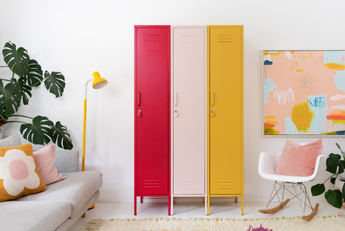
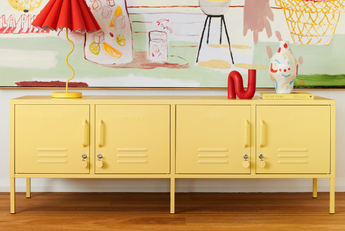
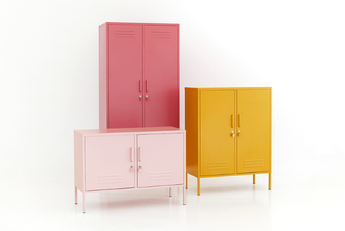
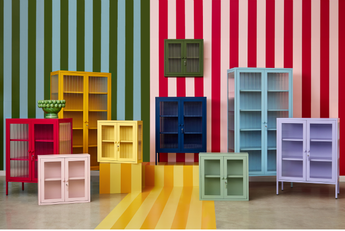
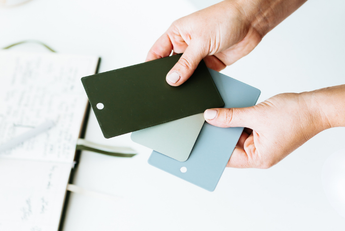
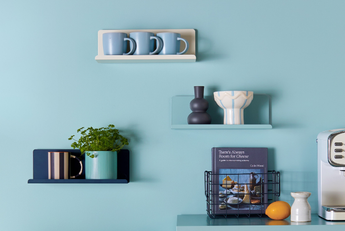


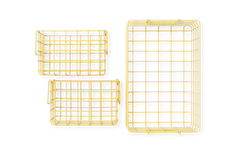
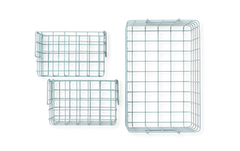

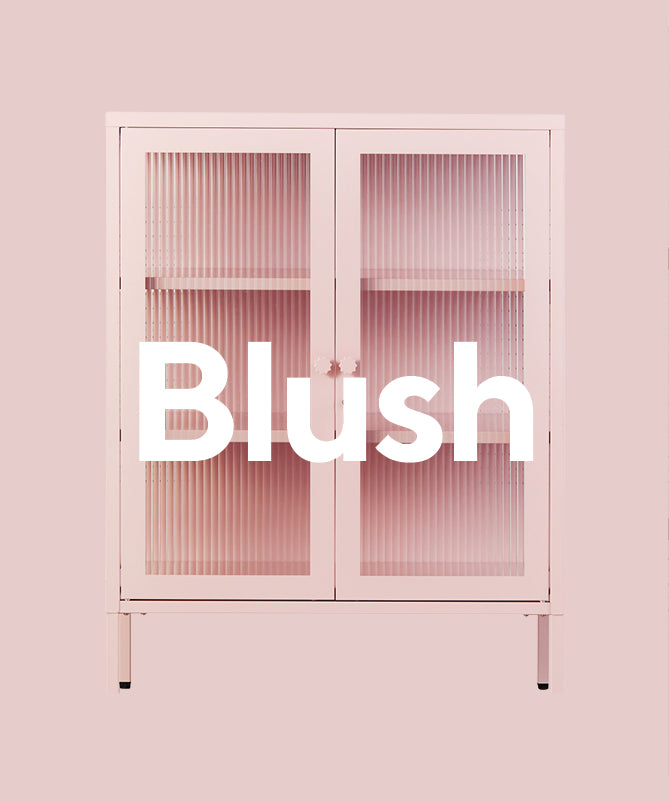
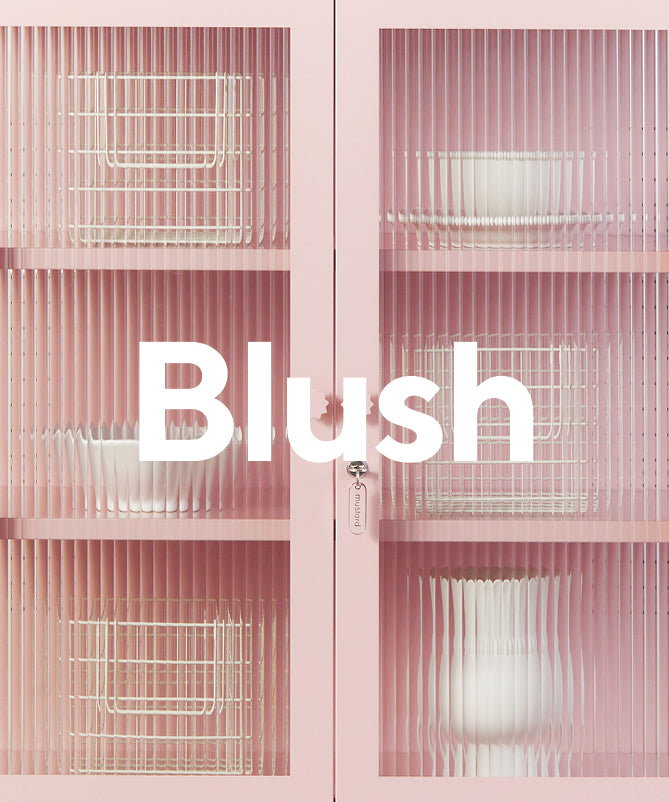
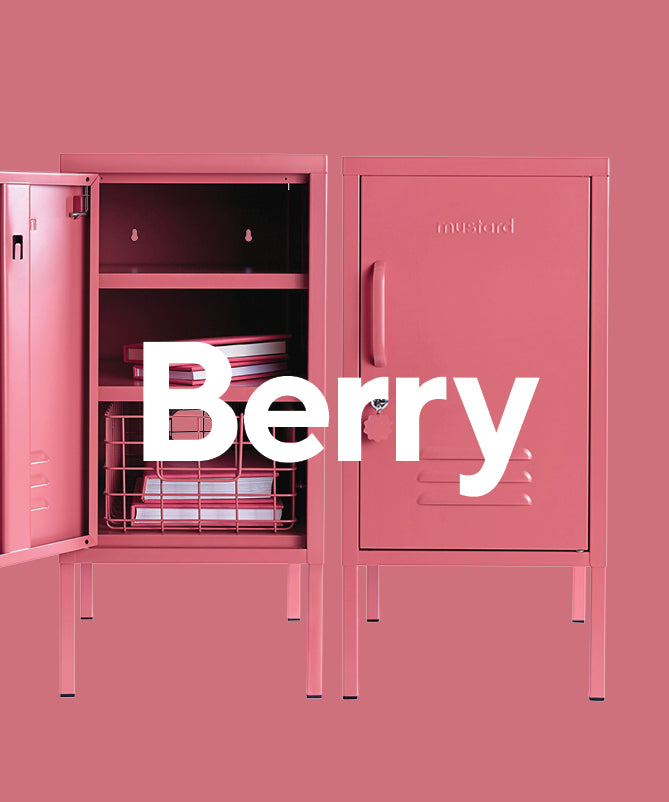
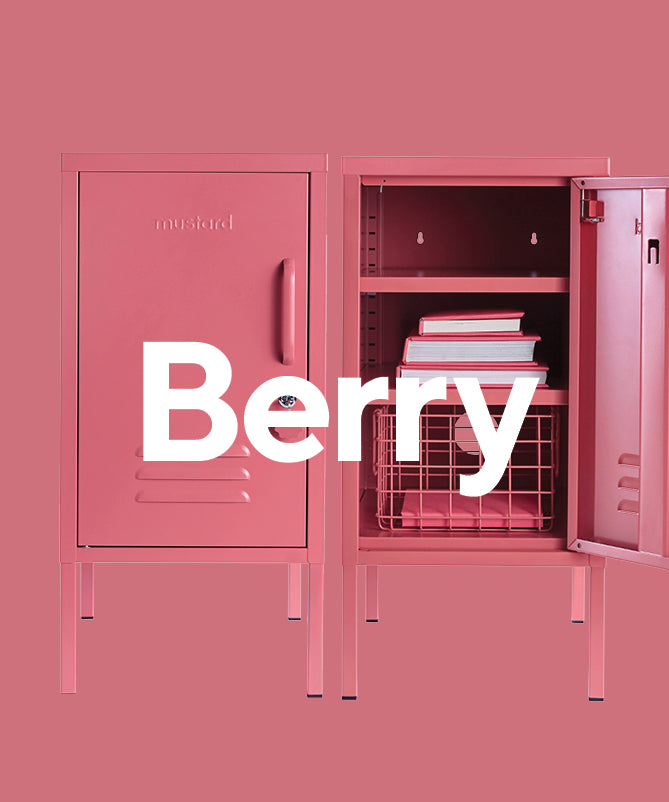
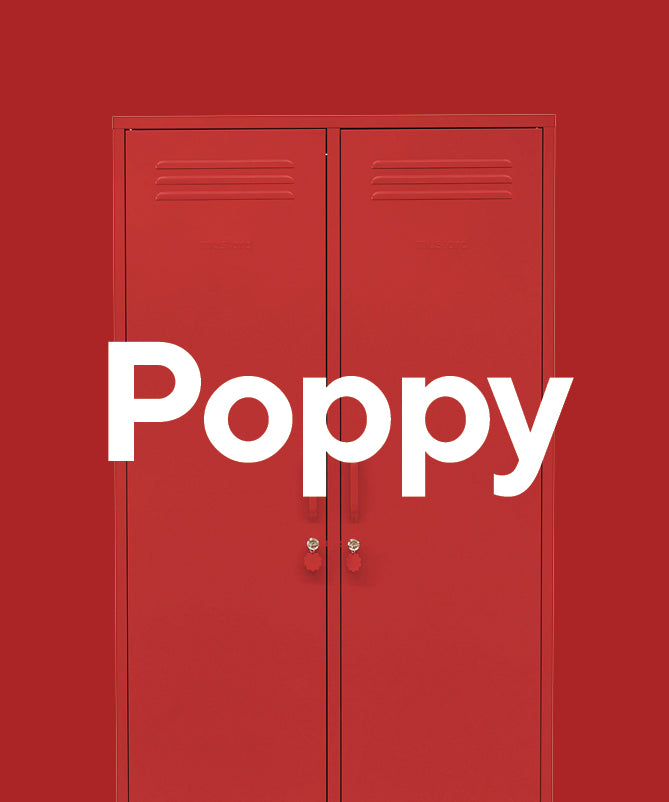
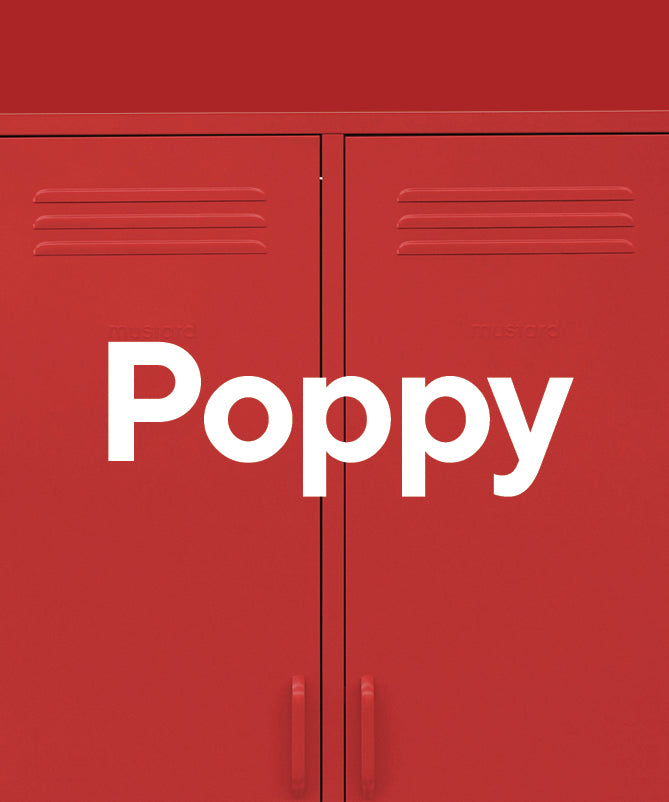
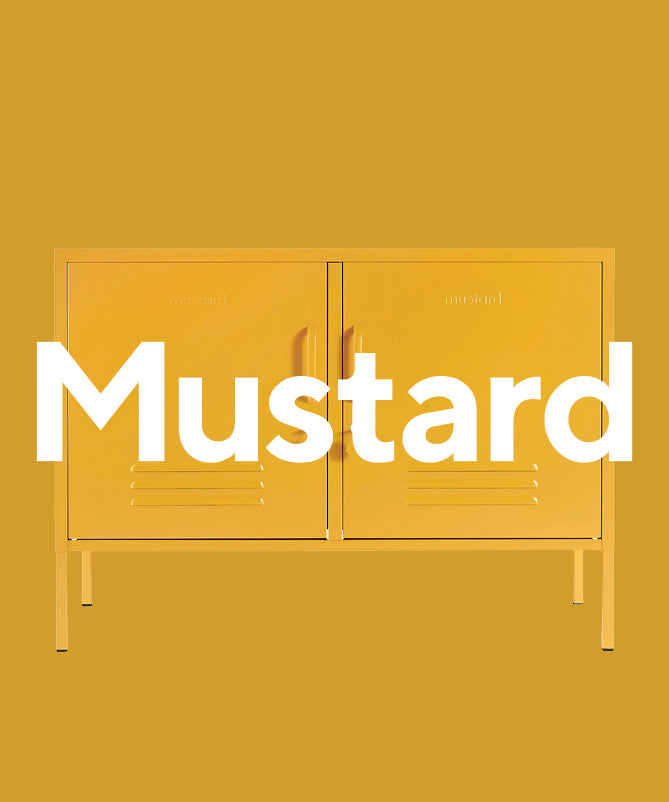
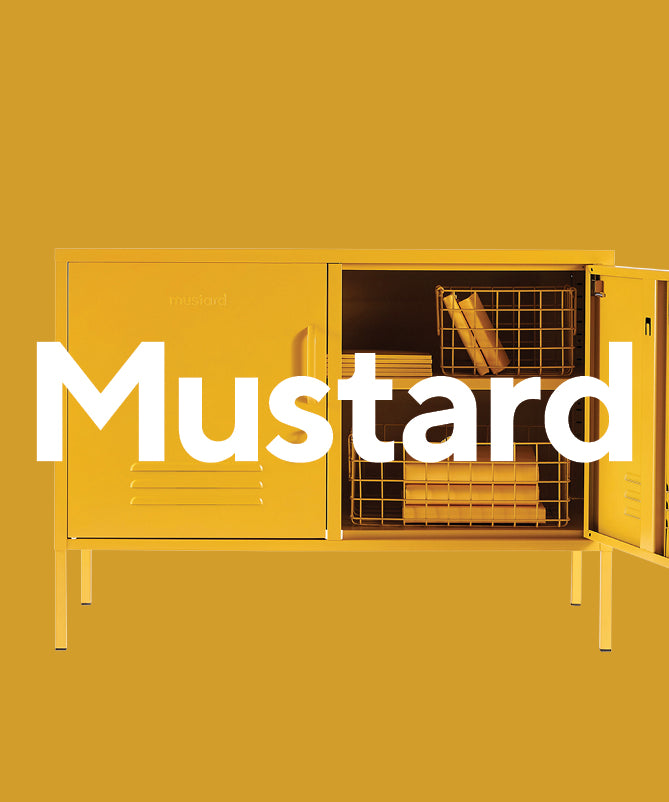
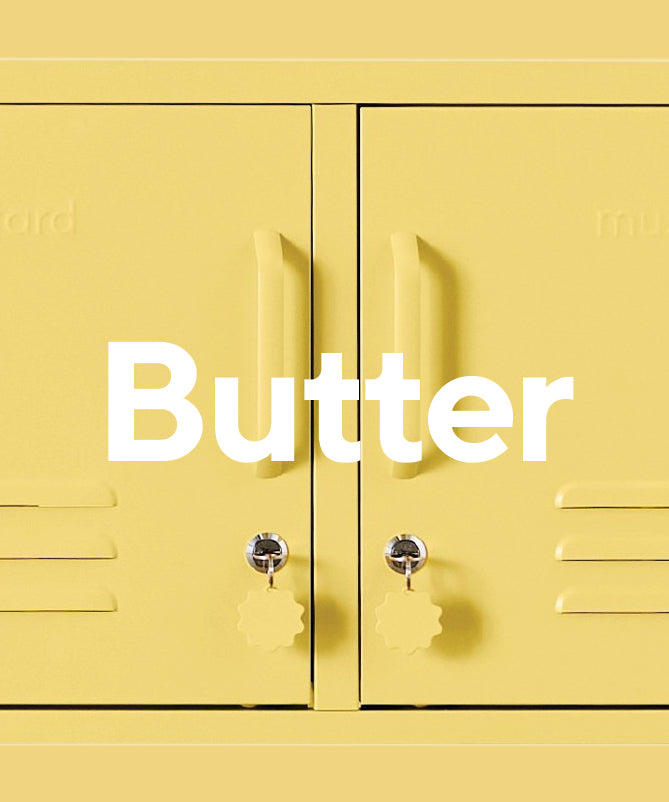
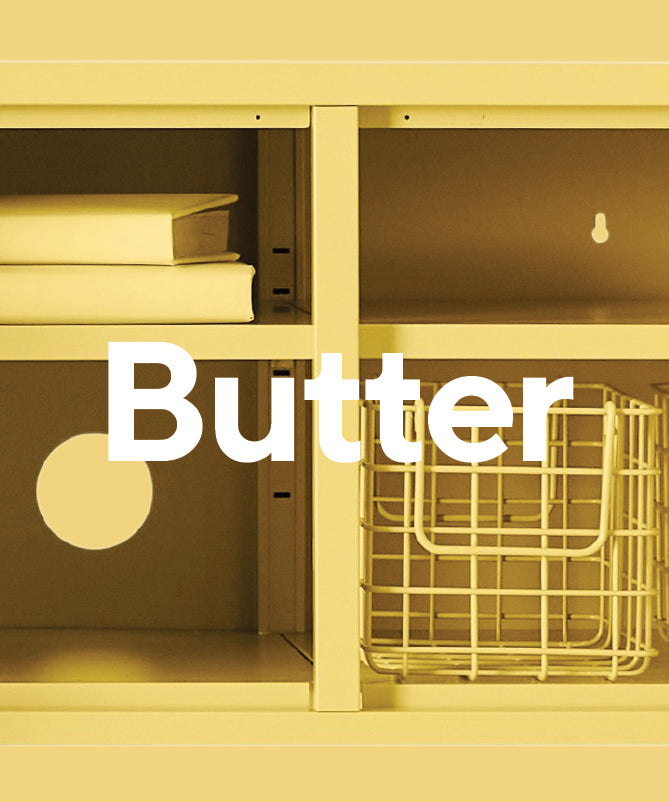
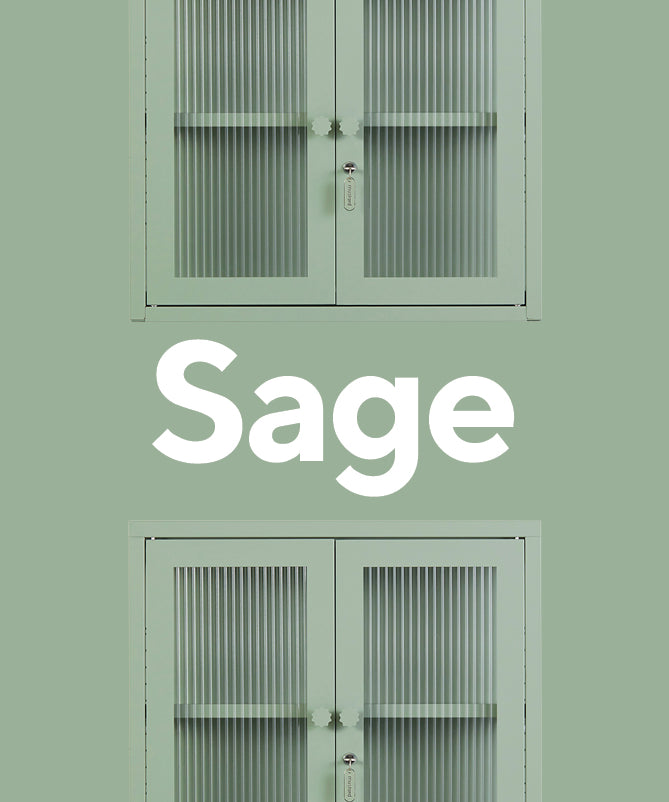
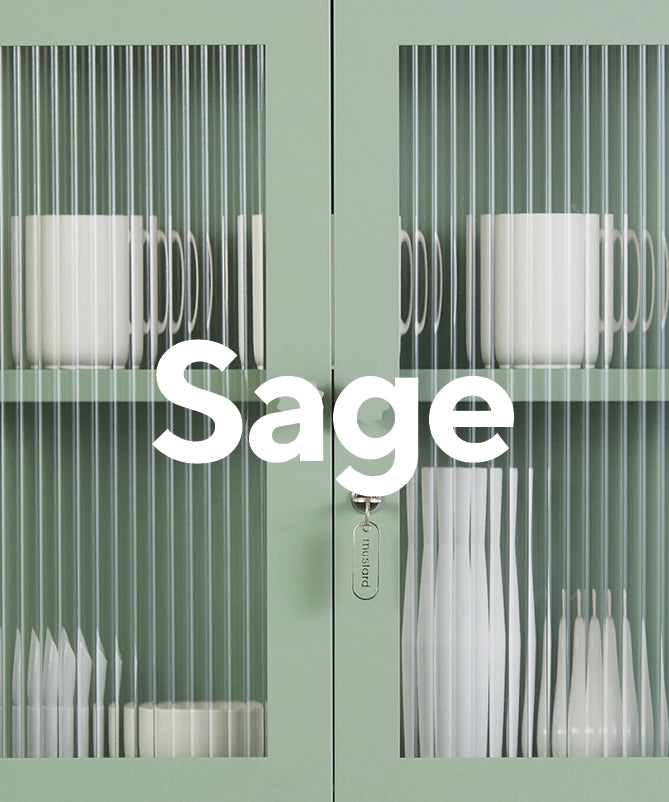
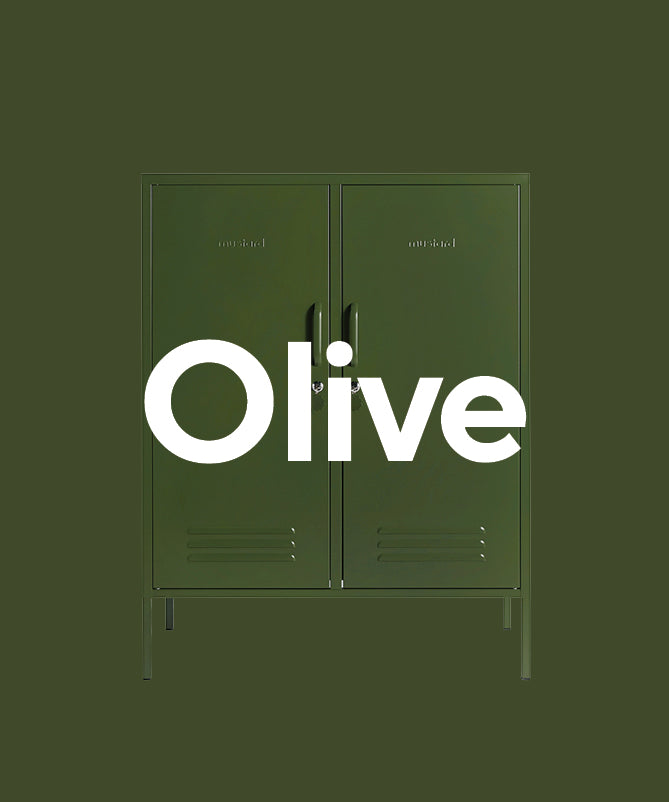
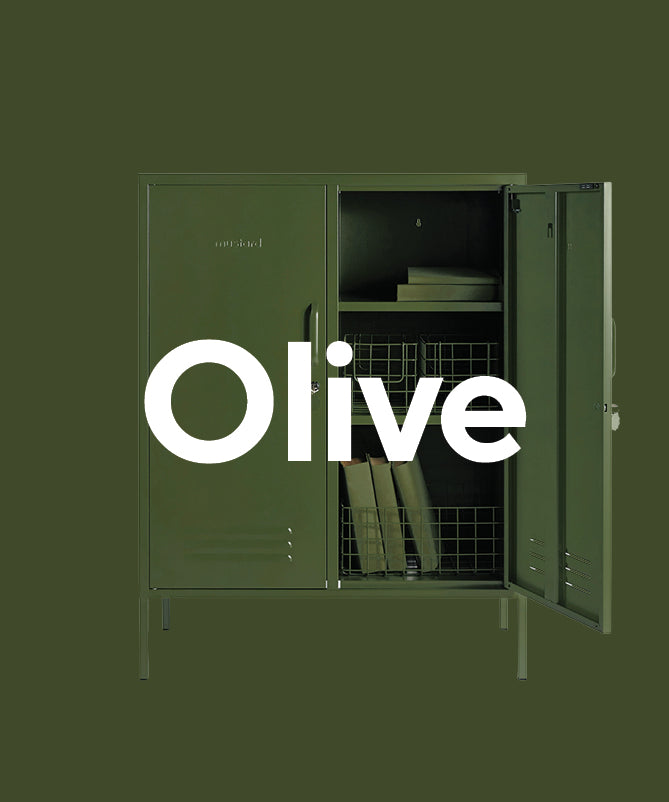
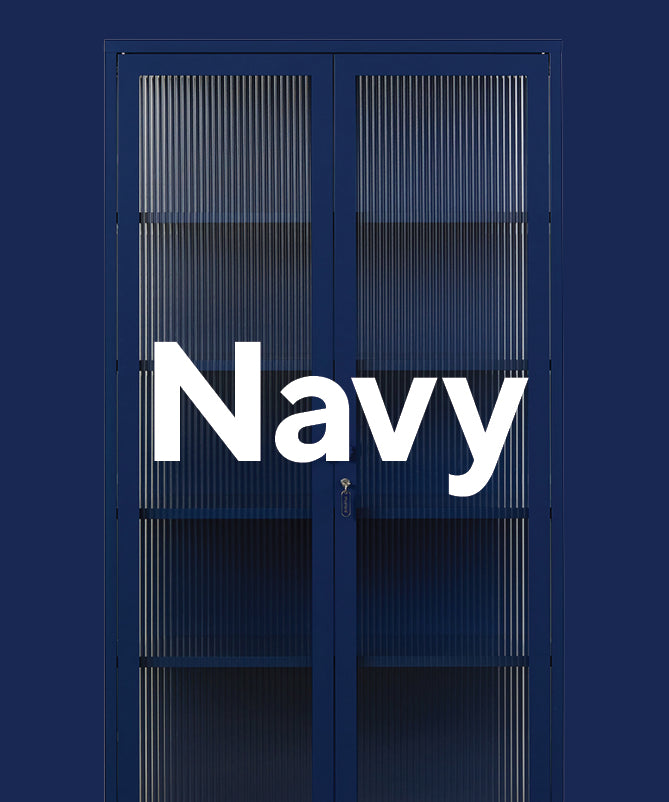
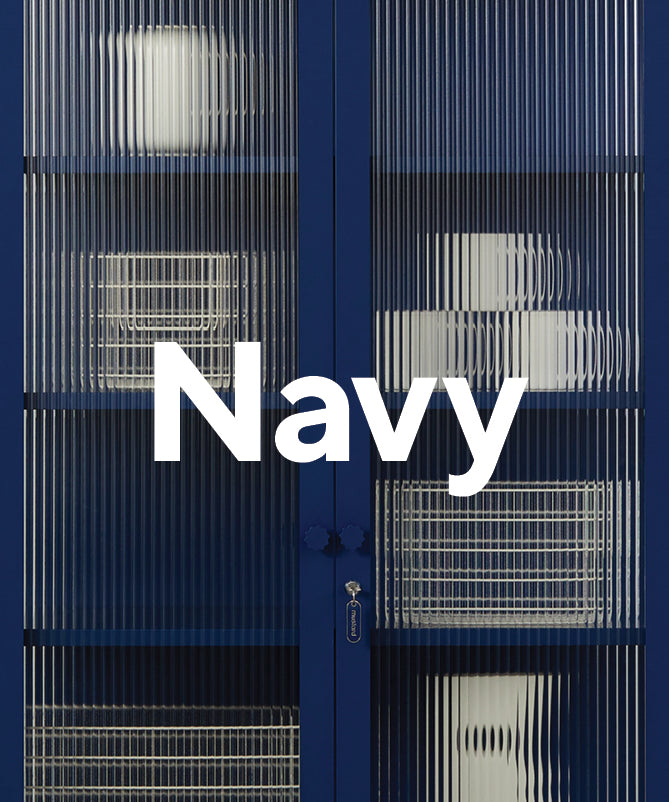
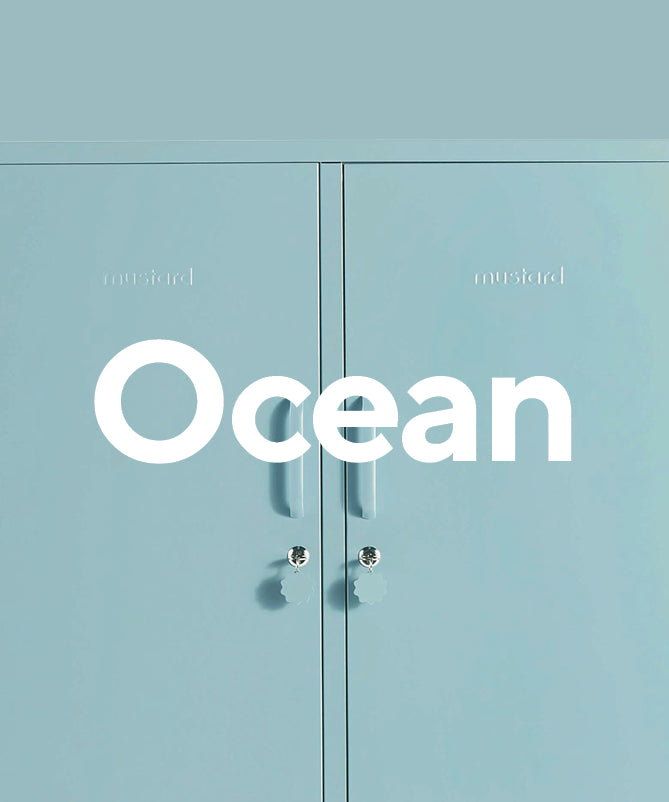
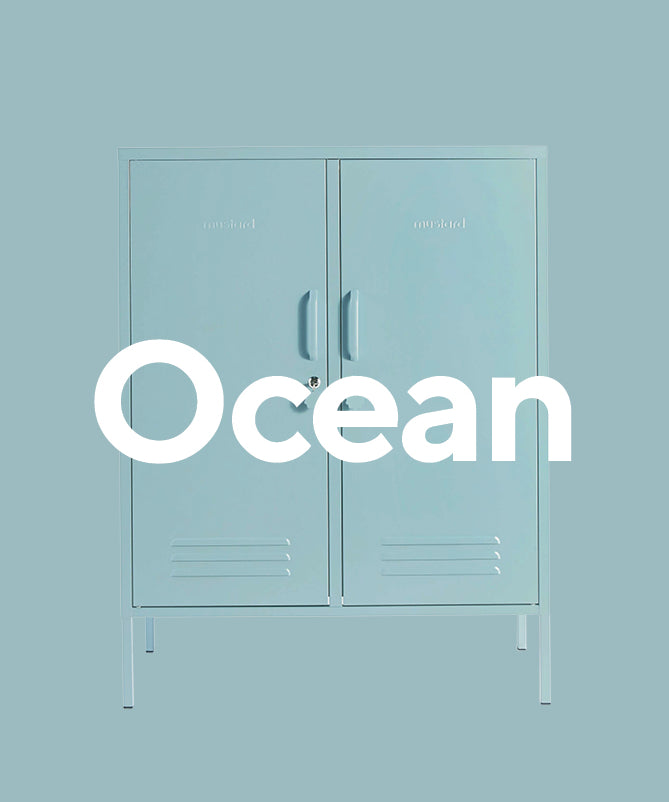
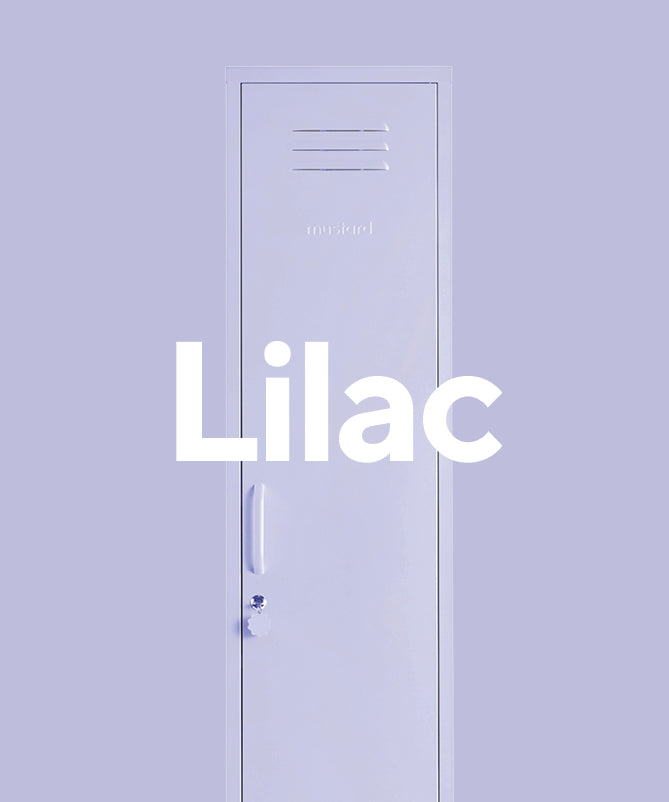
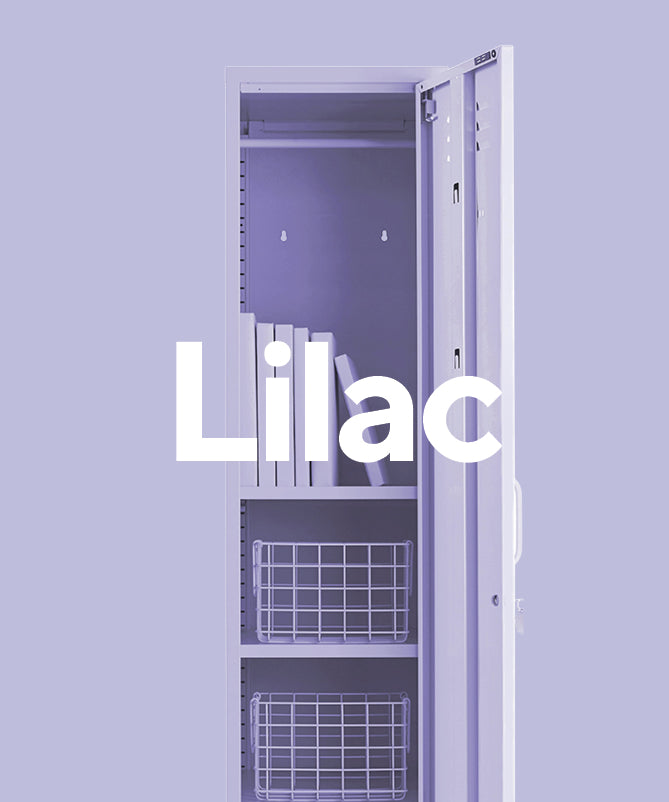
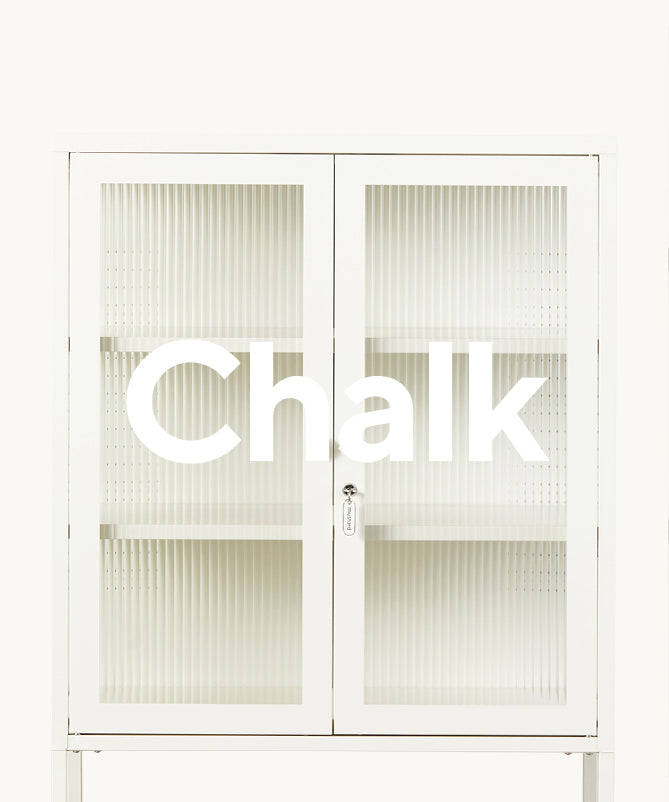
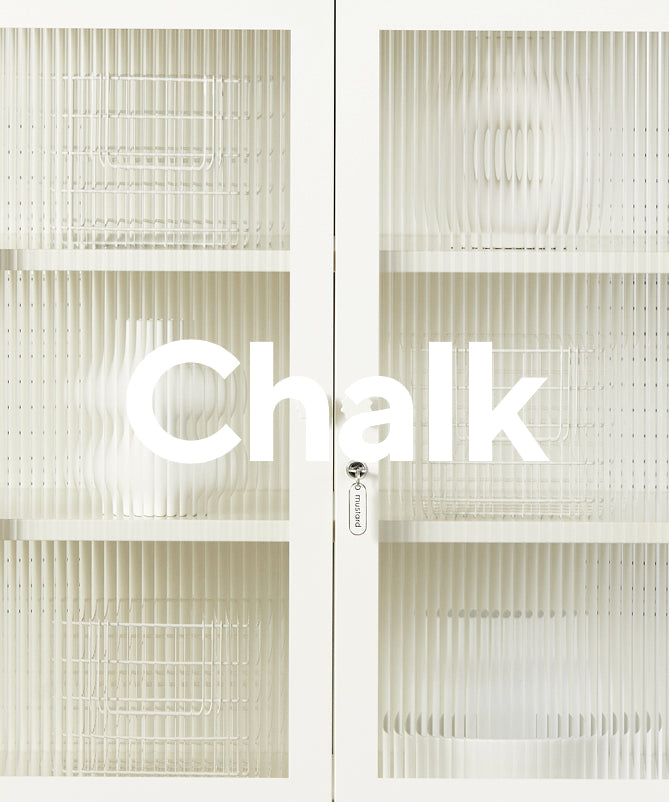
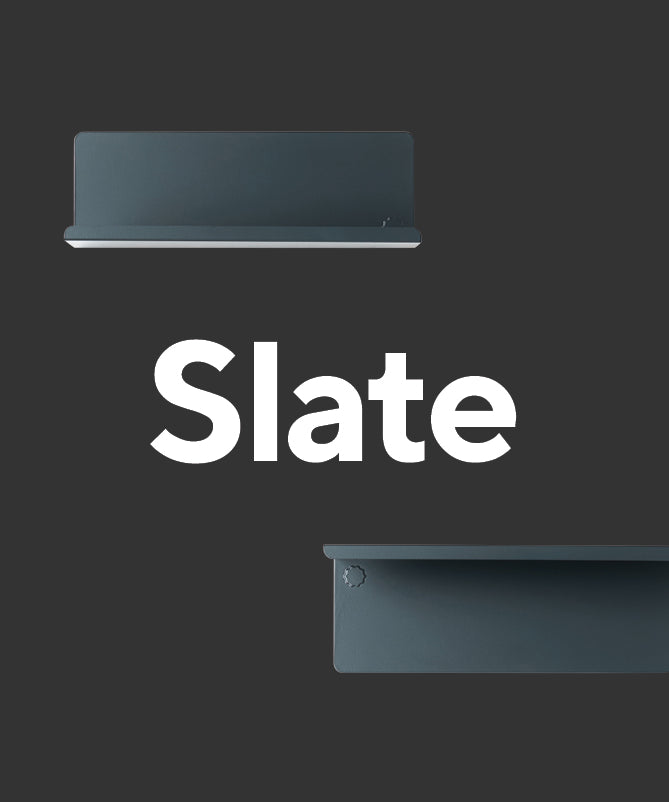
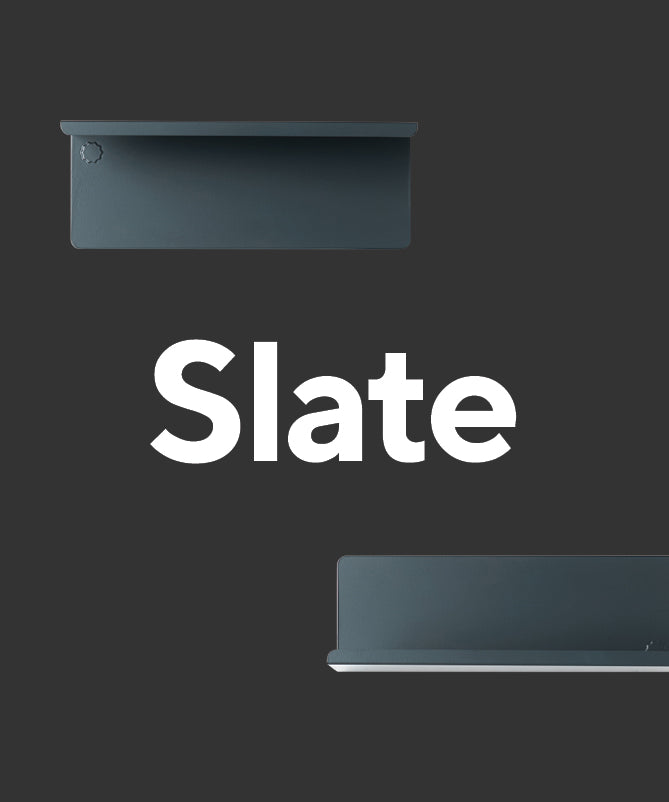
Leave a comment